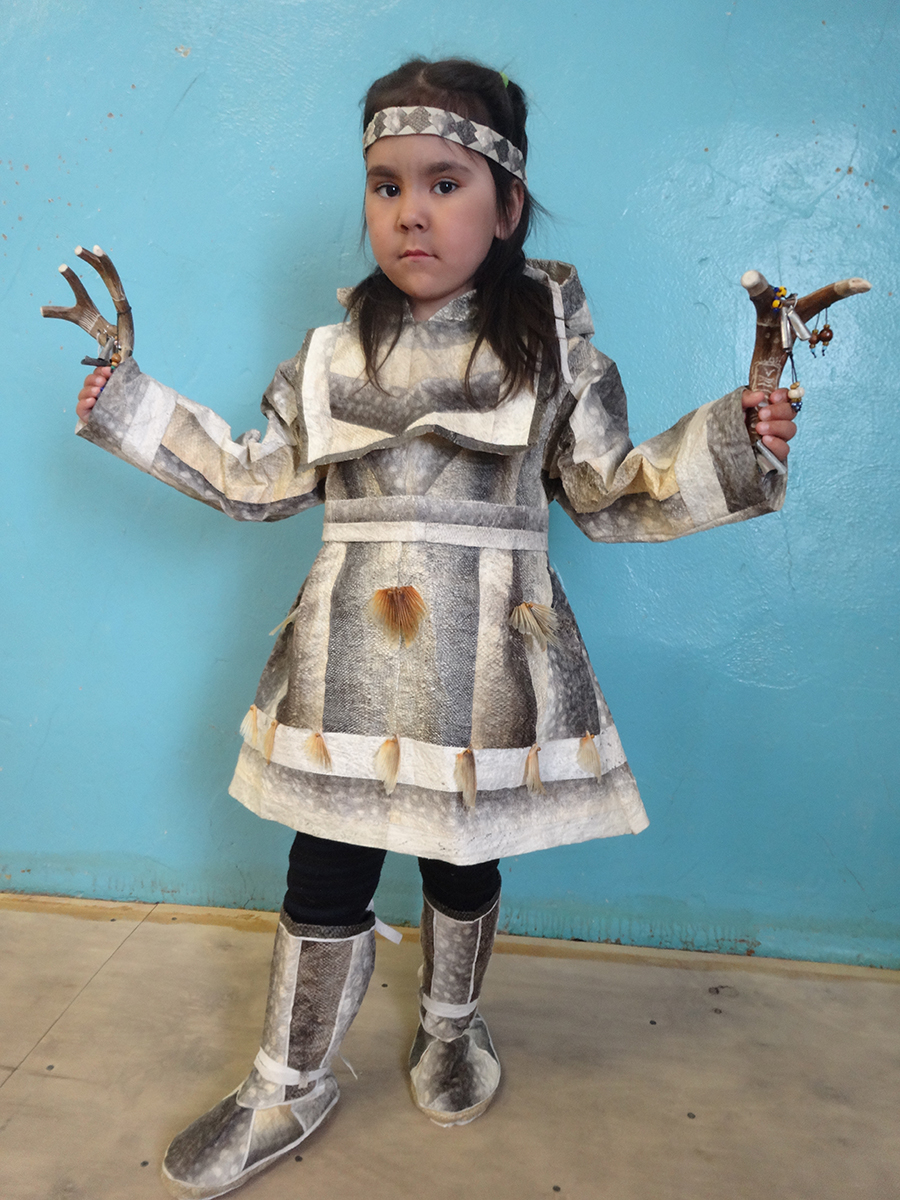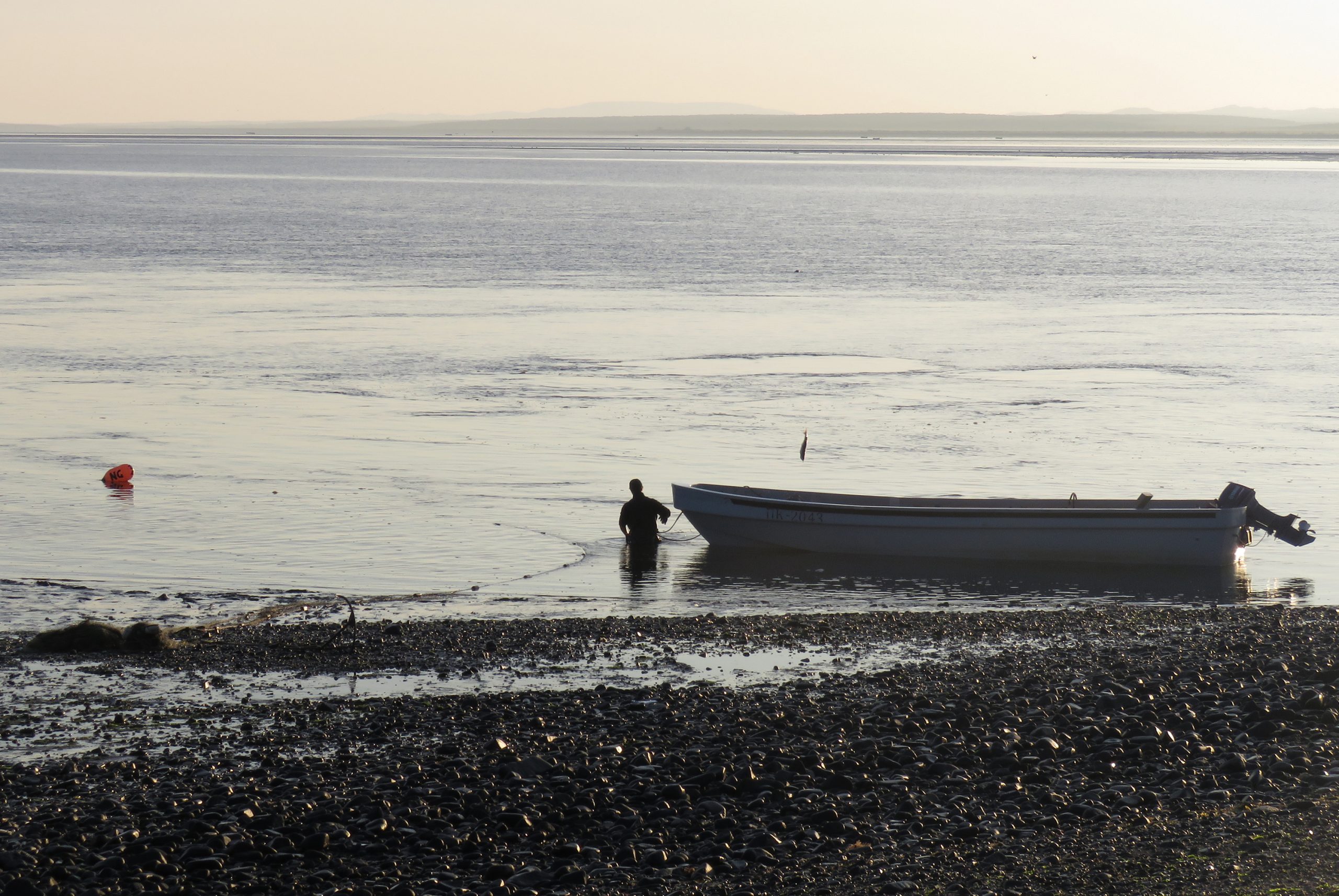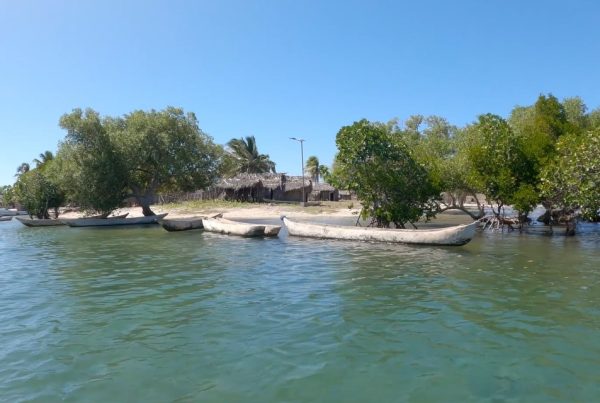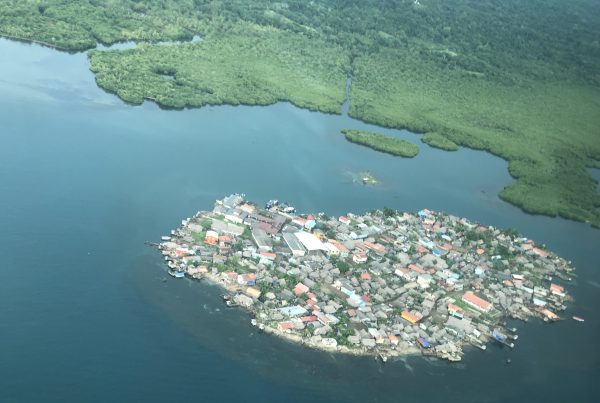Kamchatka Peninsula on the North Pacific coast of Russia is home to 12 species of salmonid fish, including six species of Pacific wild salmon.
It is the last remaining region that acts as a global reserve and gene pool for salmon. Salmon form the wealth of Kamchatka and its peoples, and its sustainability determines the economic, spiritual and cultural domains of local life.
From 2004 to 2016, indigenous communities in Kamchatka concerned with salmon and their ecology worked with the ethno-ecological information centre Lach (an indigenous NGO) on educational programmes that foster awareness and understanding about contemporary threats to salmon and its environment.
Fishing on the Kamchatka Peninsula. Credit: Hazel Watson.
Author
- Tatiana Degai, Council of Itelmens, ‘Tkhsanom’
Ecosystems
- Boreal forests
Topics
- Conservation and sustainable use
- Food
- Knowledge, culture and spirituality
Type
- Short-form
Date
- This case study forms part of LBO-1, originally released in 2020.

A girl wears an outfit made out of salmon skins. Credit: Itelmen crafts studio, Ujirit.
Creative ethno-ecological contests were organised to introduce children and their parents to the traditions of their ancestors related to respect for the environment. Several literary and art contests for Kamchatka children were organised. In their submissions, participants vividly highlighted the problem of poaching in various regions of the peninsula, and referred to traditional subsistence fishing and the rational use of natural resources in their home areas. The organisers sought to ensure that the children collaborated with the elders in writing down traditional stories and legends related to salmon.
Through ethno-ecological youth camps and festivals, we also worked to raise awareness about environmental issues on the peninsula. During the camps, indigenous youth studied the biology and habitat of the salmon, and monitored spawning rivers and the state of the environment while also sharing knowledge with elders. After the camps, salmon-keepers’ festivals were organised in the villages so that camp participants had a chance to share what they had learned with their families and friends.
Several ethno-ecological publications for children and their parents were produced and distributed to schools and libraries in Kamchatka. These publications brought together indigenous and scientific knowledge about salmon in an entertaining, educational way. They included activity books that introduce young readers to the world of salmon, its lifecycle, and its place in indigenous cultures and cultural values.



